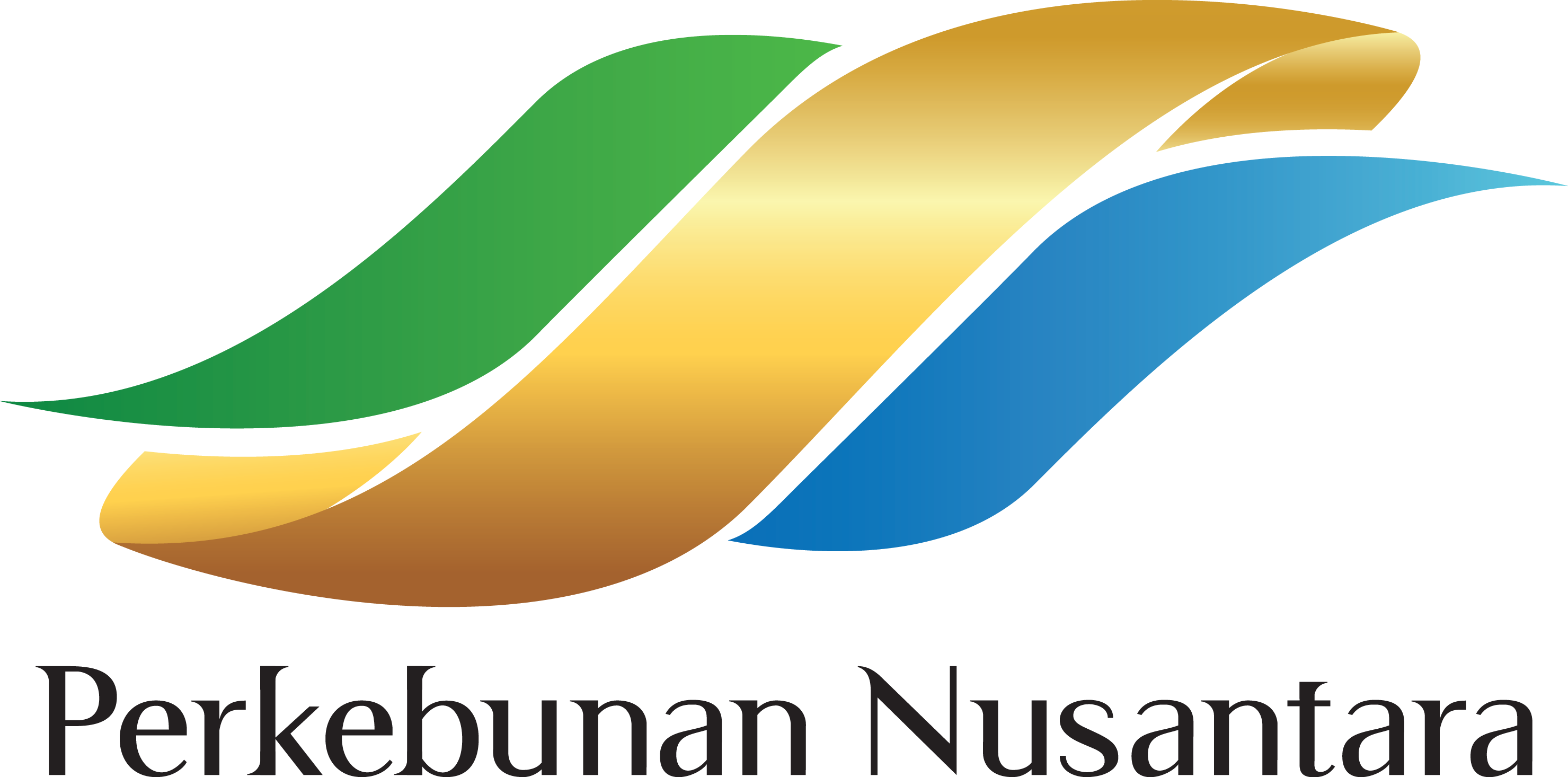Waste & Pollution
In business operations, PT Perkebunan Nusantara III generates wastewater (effluent) from the remaining utilization of clean water, as well as various wastes, both liquid and solid, Hazardous and Toxic Materials (B3) and non-B3. With regard to waste and pollution management, the Company departs from the relevant regulations in Indonesia as well as the international standard, ISO 14001 “Environmental Management System”, which is derived into the Company’s procedures.
The Company’s efforts in implementing good waste and pollution management procedures include:
- Hazardous and toxic waste management in accordance with the commitment to comply with Ministry of Environment and Forestry Regulation No. 6 of 2021
- Identifying hazardous and toxic waste generated by the Company, including used oil, used batteries, packaging/ jerry cans of chemicals (water treatment, pesticides), laboratory chemical waste (packaging, expired chemicals), unused electronic waste, etc.
- Hand over to a licensed third party to manage the waste in accordance with standards and minimize the possibility of environmental damage due to hazardous waste.
- 3R (reuse, reduce, recycle) activities for non-hazardous waste, among others:
- Utilizing liquid waste from POME and solid waste from EFB to be used as renewable energy
- Utilizing shell and fiber waste as boiler fuel in palm oil processing
- Utilizing solid waste generated from the production process at sugar mills (blotong), which can be used as fertilizers
- Allocating funds for payment services for sending waste to landfills in coordination with the local government where the office is located
- Implementing waste management by applying the concept of cleaner production, including minimizing sources of waste generation, the use of sewage lines through closed pipes, the use of rubber trap ponds, and the use of chemicals with lower levels of hazard
- Wastewater management includes:
For liquid waste generated by Sugar Mills, all mills already have Liquid Waste Treatment Unit (UPLC) with Advanced Aeration System (SAL) using Inola bacteria. Analyses are also carried out monthly and have met the Quality Standard based on the Environmental Agency and City Planning at the Regency/City level (Level II)
a. Using Waste Water Management Installation (WWTP). In this installation, wastewater management is carried out by utilizing microorganisms to decompose pollutants in wastewater.
b. Keeping waste water from being contaminated with sewage by building infiltration wells for bathing, washing, toilet (MCK) waste and not draining it into the river.
c. Making a special catch basin for washing tools used to spray pesticides to be filtered and flowed into the infiltration wells.
d. Safeguarding soil biota ecosystems that directly contribute to the long-term maintenance of several ecosystem functions and services including primary production, carbon sequestration and nitrogen cycle, by conducting proper waste water management and not dumping on the ground, PTPN is also working to protect soil biota ecosystems.
e. Identifying the amount of marine and soil biota available in PTPN areas to understand that wastewater is being managed properly.
f. Utilizing used coffee processing water to be channeled to the middle of the plantation, and collected in reservoirs which can subsequently be utilized to water coffee trees to boost crop productivity.
g. Performing wastewater treatment in such a way that the quality of wastewater discharged into water or water sources does not exceed the established wastewater quality standard. quality standards.
h. Encouraging all PTPN entities not to discharge wastewater that exceeds the maximum permitted discharge limit.
i. Allocating funds for payment of wastewater disposal services, both at the parent company and subsidiaries. For domestic waste in the form of waste, the Company allocates funds for payment services for sending waste to the final landfill. In this case, the Company coordinates with the local government where the office is located.
The Company regularly monitors its waste and pollution performance. This performance is utilized not only for internal analysis and assessment, but also for reporting to appropriate agencies, particularly government entities. In 2022, PTPN produced 6,520,000 ton of total waste, consisting of 78,000 of B3 waste and 6,442,000 ton of non-B3 waste.


